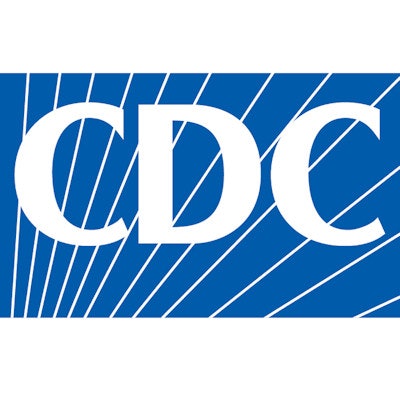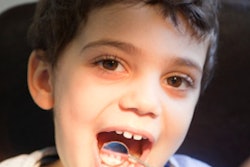
The prevalence of caries in primary teeth decreased nearly five percentage points in U.S. children ages 2 to 5 from 2011 to 2016 compared with 1999 to 2004, according to the new "Oral Health Surveillance Report 2019" from the U.S. Centers for Disease and Prevention (CDC) released on September 12.
The report authors also noted that caries prevalence in primary teeth decreased among Mexican American children and those with poor socioeconomic status from the same age group.
"Although disparities in oral health by race or ethnicity and poverty remain, the findings in this report highlight improvements among children and adolescents since 1999-2004," wrote the authors, led by Mei Lin, MD, MPH, of the division of oral health at the CDC's National Center for Chronic Disease Prevention and Health Promotion.
This surveillance report provides estimates for selected measures for oral health status from 2011 to 2016. It also examines changes since the 1999-2004 period and highlights disparities in oral health by specific sociodemographic characteristics in the U.S. The researchers used data from the National Health and Nutrition Examination Survey (NHANES) for two six-year periods: 1999 to 2004 and 2011 to 2016.
In children's permanent teeth, the prevalence of caries and untreated decay decreased over the periods studied. The largest decrease was seen in Mexican American children (see table below).
| Prevalence of caries and untreated decay in U.S. children ages 2 to 5 | |||
| 1999 to 2004 | 2011 to 2016 | Change | |
| Caries prevalence | 27.9% | 23.3% | -4.6% |
| Poor socioeconomic status | 41.8% | 33.9% | -7.8% |
| Mexican American children | 41.3% | 32.9% | -8.4% |
Caries prevalence and untreated decay in U.S. children ages 6 to 11 also declined. Overall caries prevalence dropped 3.8% to 17.4% in 2011 to 2016, while untreated decay dropped 2.4% to 5.2%
These improvements in children's oral health status likely reflected increased access to preventive and restorative care, the authors concluded. From 1996 to 2015, the percentage of children with public dental insurance nearly doubled, which resulted in a 15 percentage point increase to 88% in any dental coverage among all children.
"These improvements include decreases in the prevalence of untreated decay in the primary teeth of children across sociodemographic groups and in the permanent teeth of near-poor and Mexican American children and adolescents and non-Hispanic black adolescents," the authors wrote.



















